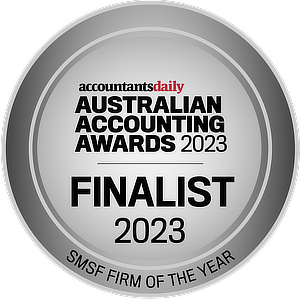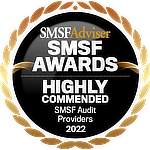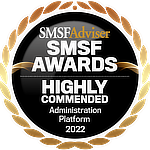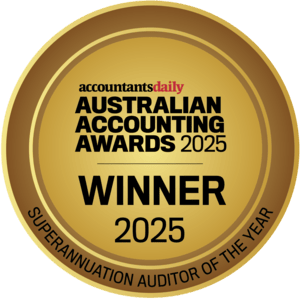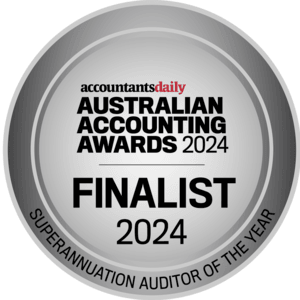A strategy which is widely employed by self managed super funds is for the fund to acquire business real property and to then lease it back to a related party business. Often part of this process will involve the fund paying for the fit-out. There are a number of factors which should be considered if this is to happen. As a starting point though, it is important to understand where to draw the line between what the fund can and can’t pay for as part of the fit-out.
The basis upon which the fund is allowed to lease property to a related party is that the property must be business real property. Otherwise the lease will be deemed to be an in-house asset and its value limited to 5% of the market value of the fund assets. So in short, the fund can only pay for things that will meet the definition of business real property.
SMSFR 2009/1 gives guidance on all things to do with business real property. To answer the question at hand, we need to look at what is considered “real property”. In the Commissioner’s view, “real property” is the land itself and fixtures attached to the land (such as buildings). This brings us to the heart of the problem – “What is a fixture?” and therefore allowable as part of the fit-out vs “What is a chattel?” and therefore no allowable without incurring in-house asset issues.
Case Law dating back to 1906 has established 2 tests which need to be employed to determine if an item can be considered “real property”.
- The degree of annexation test
- The object of annexation test
The degree of annexation test
The degree of annexation test considers how attached or integrated the thing is to the property. The terminology used in the judgement speaks of the item needing to be attached to the land by more than its own weight.
So if we apply this logic to common fit-out items it is reasonable to conclude that things like walls, doors, ceiling lights, air-conditioning and bathrooms are all solidly fixed to the property and therefore can be regarded as fixtures. Conversely, items such as tables, chairs, desks, book cases, computers, lamps, fridges, coffee machines and dishwashers are not fixed to the property so fail the degree of annexation test and must be considered chattels, not business real property.
The object of annexation test
This test is a bit more nebulous to get your head around. When you boil it down to its essence, it requires the circumstances which surrounded installation of the item or the purpose for which the item was brought to the property to be examined. A conclusion then needs to be drawn as to whether the item is considered affixed to the property.
Metal Manufactures Ltd v. Federal Commissioner of Taxation gives guidance as to factors which may be considered:
- whether removal would destroy the attached property;
- whether the cost of removal would exceed the value of the attached property;
- whether removal would occasion significant damage to the land or buildings to which the property is attached;
- whether the attachment was for the better enjoyment of the property or for the better enjoyment of the land and buildings to which it was attached;
- the nature of the property itself;
the contemplated use of the property; - the period of time for which the property was to be in position; and
- the function to be served by the annexation of the property.
A good indicator when assessing the object of annexation test is to look at the property rights of the object. That is, if you were to sell the property, would the item be included as part of the sale of the freehold land? If the answer is no, then the item is not a fixture and therefore just a chattel and not business real property.
If the fund does acquire items for the fit-out which do not meet the definition of business real property, then the trustees need to:
- have a separate lease agreement drawn up to cover the items
- ensure that the lease terms are arms’ length in nature
- make sure that the value of the lease assets stay below 5% of the market value of the fund assets
This is a complex area of law and every situation in practice will be different. If you or one of your clients are considering implementing a business real property strategy within a SMSF, we encourage you to contact an expert at Aquila Super to obtain assistance.
Aquila Super is one of Australia’s largest and most experienced SMSF audit service providers. Click below to find out more about how we can help you.


